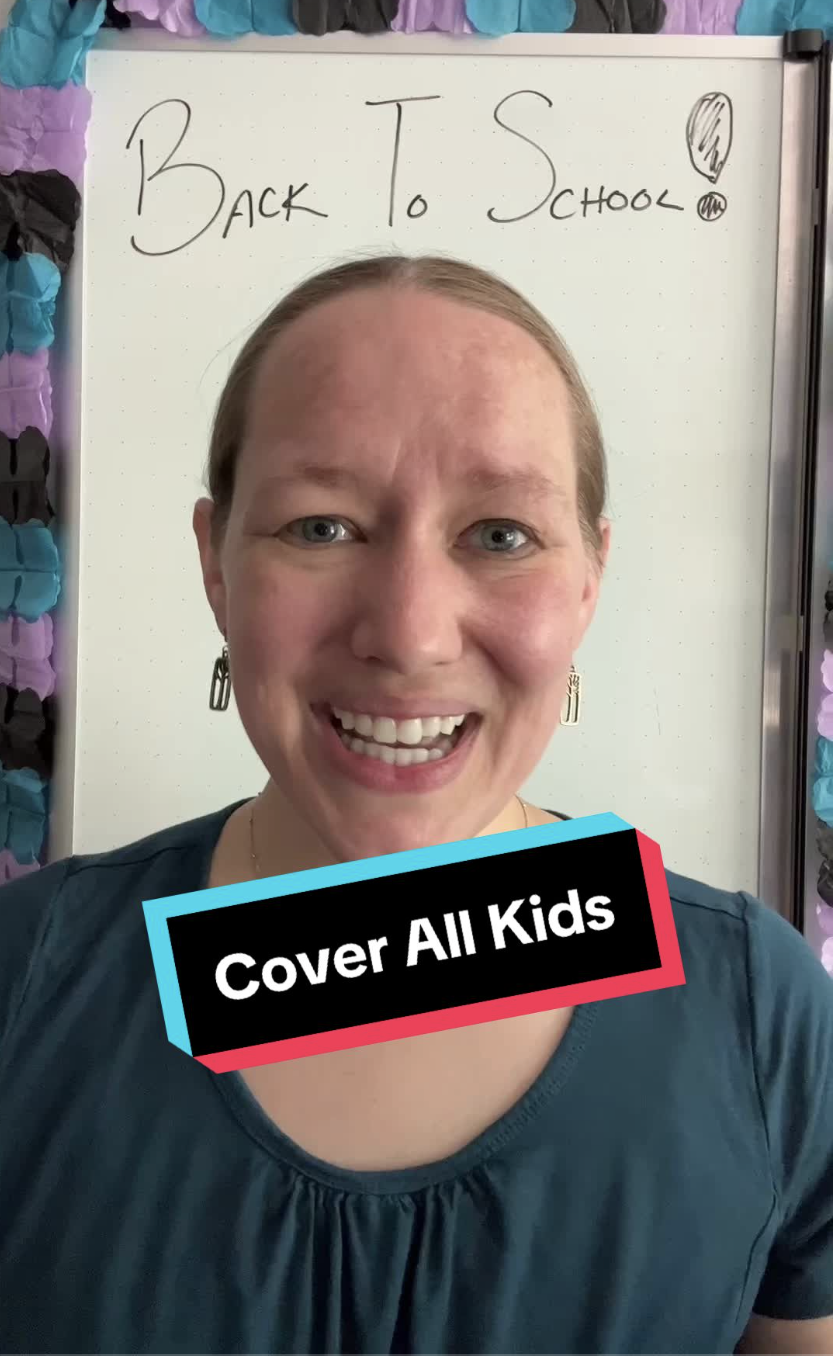Friday Facts and Figures is a weekly newsletter with data points, analysis, and commentary on the biggest policy debates in New Jersey and beyond.
Sign up here.
12.4 Percent
The Census released new data this week and … it’s not great. The big finding: Child poverty in the United States more than doubled over the last year, from 5 percent to 12.4 percent. How did this happen? As federal pandemic assistance programs expired, most notably the expanded Child Tax Credit, millions of families no longer had the resources to afford their most basic needs. This is proof that child poverty is a policy choice, and we have solutions proven to work. All we’re lacking is the political will. “It’s clear from the federal data that if you give families money, they can reduce child poverty,” said NJPP’s Peter Chen in a televised interview with NJ Spotlight News. [NJ Spotlight News / Brianna Vannozzi]
$96,346
Also in the Census data: New Jersey households have the highest median income of any state in the country at $96,346 — roughly $21,000 higher than the national average. This *should* dispel unsubstantiated claims that high-income families are fleeing the state, but we know it probably won’t since we’re talking about real data here and not just vibes and surveys from random moving companies. [NJ.com / Katie Kausch]
70 Percent
Women and people of color are vastly underrepresented in New Jersey government, according to new data released by the Center for American Women and Politics at Rutgers University. Men account for more than 70 percent of all officeholders — with white men alone holding 56 percent of positions at the congressional, state, and county levels. The disparities are far worse at the local level, where in municipalities with more than 30,000 residents, a whopping 87 percent of mayors are men, and 67 percent are white men. Just spitballing here, but maybe our system of having political party chairs (who are mostly white men) pick candidates instead of voters isn’t the best way to find the most representative candidates for office. [NJ Globe / David Wildstein]
Outdated
New Jersey’s school funding levels are based on outdated learning goals and have not kept up with new, more rigorous standards for students, according to an NJPP report released this week. The state’s school funding formula was enacted in 2009, but standards have changed since — and the formula hasn’t. The report finds that in order for all students to have the resources they need to meet higher learning standards, New Jersey’s school funding formula will need small but significant tweaks so students, especially in high-poverty districts, have a fair shot at success. “This is a new generation of kids facing new and different challenges,” said report co-author Bruce D. Baker. “The school funding formula needs to adapt to these changes.” [NJ.com / Tina Kelley]
ICYMI
Police in New Jersey have fatally shot at least nine people this year — including the tragic shooting of Andrew Washington in Jersey City last month while he was experiencing a mental health crisis. Still, calls for police reform, non-police mental health responses, and community led violence intervention programs have stalled in Trenton. [NJ Spotlight News / Colleen O’Dea]
TikToks of NJPP
A few years ago, New Jersey had roughly 90,000 uninsured children without health insurance — but not anymore! Senior Policy Analyst Brittany Holom-Trundy breaks down the success of the Cover All Kids program and how it’s bringing New Jersey closer to having every child insured. [NJPP]
Check out our latest videos and follow us on TikTok.
Have a fact or figure for us? Tweet it to @NJPolicy.



